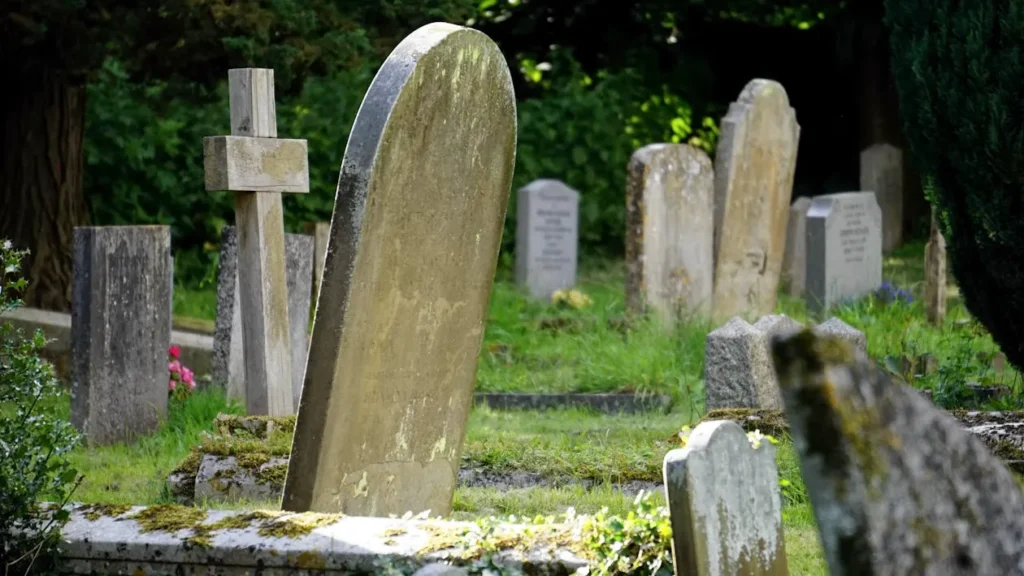One of life’s most emotional and significant experiences is saying goodbye to someone you love. The process of preparing a tribute that genuinely embodies the personality, passions, and soul of the deceased necessitates more than traditional rites. It requires compassion, inventiveness, and a sincere desire to portray the essence of a life lived. Making anything unforgettable takes time, effort, and a grasp of how to transform memories into moments. When done well, it leaves a lasting impression on the hearts of all who attend.
- Choose Meaningful Elements That Reflect the Personality of the Deceased
A personalized tribute is fundamentally about reflecting who the individual was in life. Incorporating personal components, such as hobbies and interests, values, and eccentricities, can result in a very emotional and memorable encounter. This could involve performing their favorite songs during the ceremony, showcasing artwork or crafts they made, or even sharing voice recordings or films from significant moments. The idea is to immerse everyone in the essence of the person’s life, reminding them of what makes that person so unique.
Creating visual displays, such as remembrance tables or photo collages, encourages attendees to reflect on their life experiences. Items of personal significance, such as a favorite book, a musical instrument, or a cherished scarf, can be used as symbolic representations of the individual’s personality. These details add life to the ceremony and enable attendees to contribute their own experiences and recollections. Such an environment generates a sense of community, reminding everyone that the person being honored lives on via the effect they made.
- Involve Friends and Family in the Creation of the Tribute
Collaborating often results in a very personalized tribute. Involving people closest to the departed, such as friends, relatives, colleagues, or community members, can elicit a wide range of tales, recollections, and insights that enrich the whole experience. Each person can have a unique piece of the puzzle that, when assembled, creates a complete and beautiful depiction of the deceased. Inviting individuals to participate in a variety of ways, such as giving speeches, reading letters, or contributing music, can make the ceremony more engaging and emotionally impactful.
Collaboration can also extend to artistic initiatives, such as creating a memory book or digital presentation with contributions from various friends and family. These collaborative endeavors are both soothing and timeless, providing a keepsake that can be enjoyed in the future. For those seeking a conscious approach to this process, you can use a specific funeral planning guide that can provide gentle advice and practical tools for navigating such delicate circumstances with care and clarity. When people gather to commemorate someone they care about, they produce a monument that is both personal and incredibly unifying. In such moments, love softens pain, and recollection becomes a collective show of respect and gratitude.
- Incorporate Rituals, Traditions, or Creative Gestures That Hold Symbolic Value
One of the most meaningful ways to personalize a tribute is to incorporate rituals or symbolic gestures that represent the individual’s beliefs or values. Cultural customs, spiritual beliefs, or just personal tastes and habits can all help to explain these behaviors. Meaningful methods to show love and grief are lighting candles to symbolize every decade of their life, releasing balloons or lanterns, or honoring them by planting a tree. These deeds reveal that the person keeps inspiring and influencing even in death, therefore offering a sense of continuity and direction.
One further approach to customize the experience is creativity. Some decide to design personalized keepsakes for guests to carry home, including handcrafted tokens or memory jars loaded with handwritten comments. These concrete cues enable one to carry the memory forward in daily life. Others might arrange a remembrance wall where guests can pin keepsakes or notes, so establishing a live legacy that develops throughout the gathering.
Conclusion
Creating a unique tribute for a loved one is one of the most meaningful ways to commemorate their life and legacy. It calls for deliberate decisions, emotional awareness, and a readiness to reject convention. Thoughtful weaving of memories, anecdotes, and symbols changes the tribute from a formal affair into a profoundly therapeutic experience. From choosing significant aspects that capture the person’s identity to including friends and relatives in shared memories to including comfort-oriented traditions, every component adds to a farewell that is sincere and real. This form of personalizing guarantees that the person’s memory will be carried forward with respect, warmth, and clarity.

